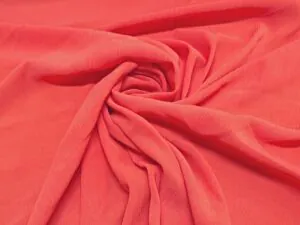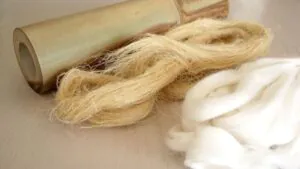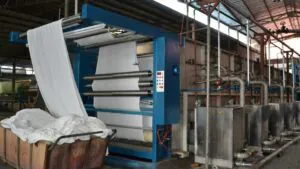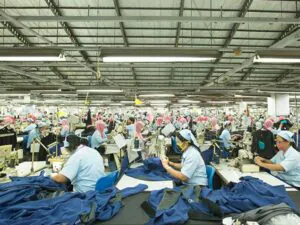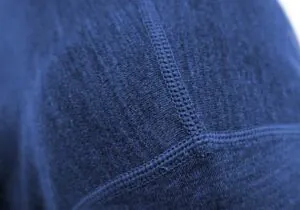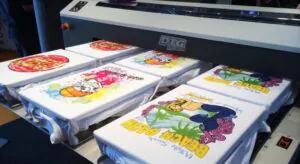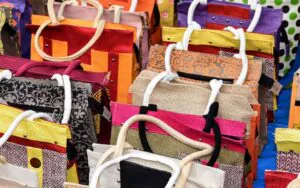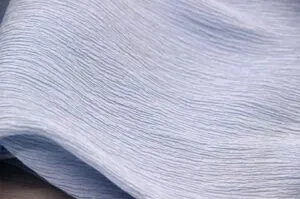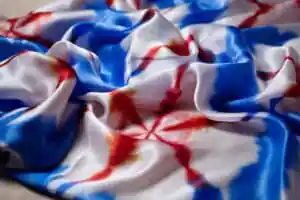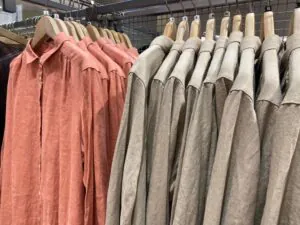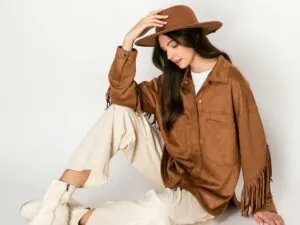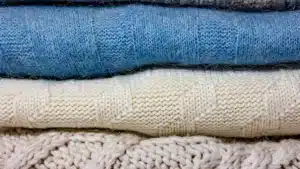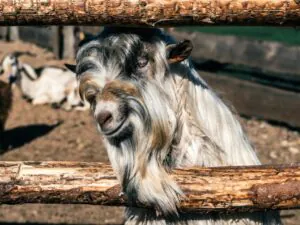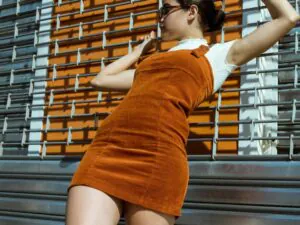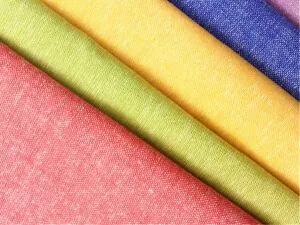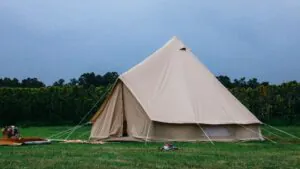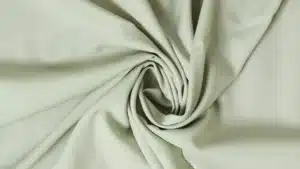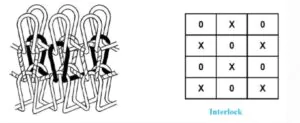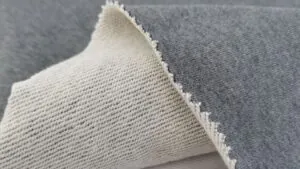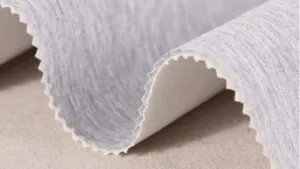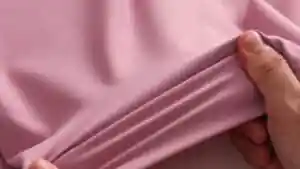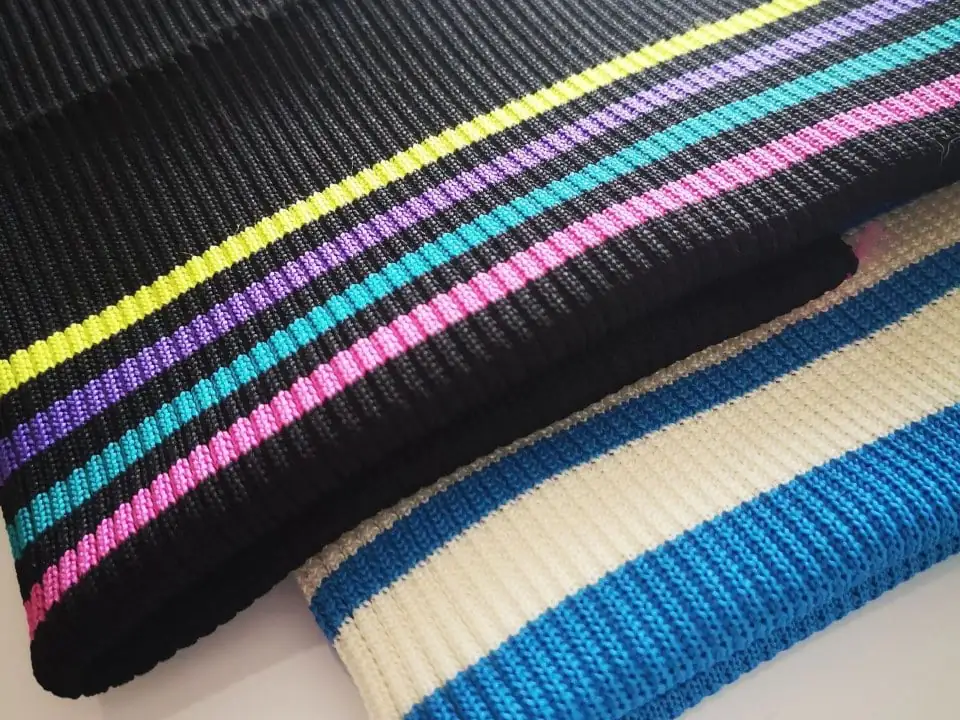
Rib knit fabric is soft, stretchy, and has a ribbed look. It is made by using knit and purl stitches in turns. This gives it a special texture and structure. The fabric is very stretchy and strong, making it great for daily use. It works well for many things, like comfy clothes or useful accessories. Whether you want something simple or trendy, rib knit fabric is a good choice for many uses.
Key Takeaways
Rib knit fabric is soft and stretchy, perfect for comfy clothes like t-shirts and sweaters.
Its special knitting style makes a ribbed texture. This lets the fabric stretch in all directions and bounce back well.
Rib knit fabric is strong and lasts long. It’s often made from cotton or mixed materials, so it handles regular use and washing.
This fabric can be used for many things. It works for clothes and home items like blankets and pillowcases, adding both comfort and style.
To keep it soft and stretchy, wash it in cold water and let it air dry.
What is Rib Knit Fabric?
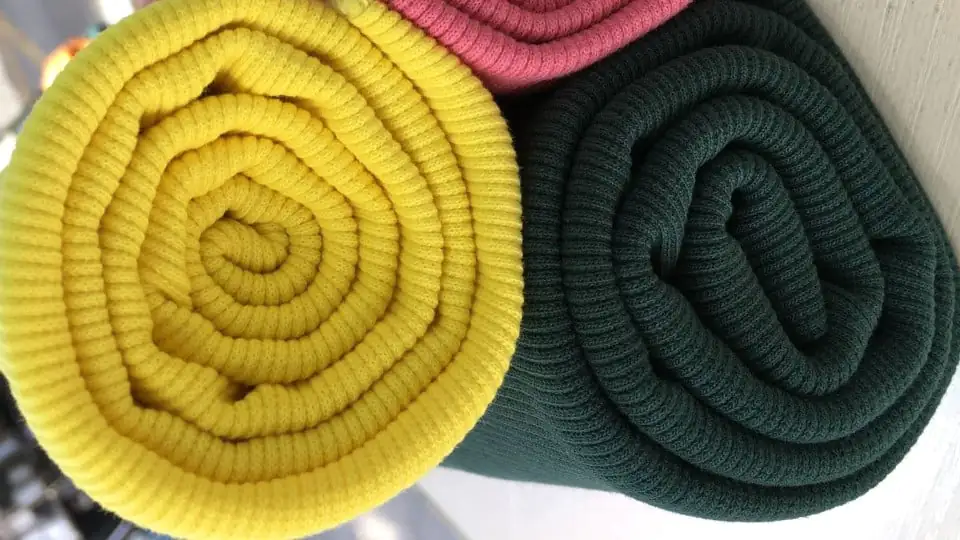
How is rib knit fabric made?
Rib knit fabric is made using a special knitting method. This method switches between knit and purl stitches in rows. The process creates vertical lines, giving the fabric its ribbed look. Knitting machines set needles in patterns to make these ribs. The ribs can be thin or wide, depending on the design. For example, a 1x1 rib has one knit and one purl stitch. A 2x2 rib has two knit and two purl stitches. These patterns change how stretchy and how the fabric looks.
Rib knit fabric is often made from cotton, polyester, or blends. Cotton-spandex blends are common and heavier than single jersey fabrics. This makes them stronger and stretchier. Bamboo rib fabrics are also popular for their smooth feel and toughness. However, bamboo fabric wrinkles more than cotton.
What makes rib knit fabric unique?
Rib knit fabric is special because it stretches and bounces back. The knit and purl rows let it stretch in all directions. It keeps its shape, making it great for cuffs, collars, and sportswear.
It is also very strong. Cotton-spandex rib knits stay stretchy and stable after many washes. This makes them perfect for everyday clothes. Rib knit fabric is soft and cozy, which is why it’s loved for casual wear.
The fabric’s performance depends on things like how it drapes or bends. Rib knit fabrics drape nicely, giving them a stylish look. They are also flexible, making them comfy and easy to move in. These features make rib knit fabric a top choice for many types of clothing.
Key Characteristics of Rib Knit Fabric
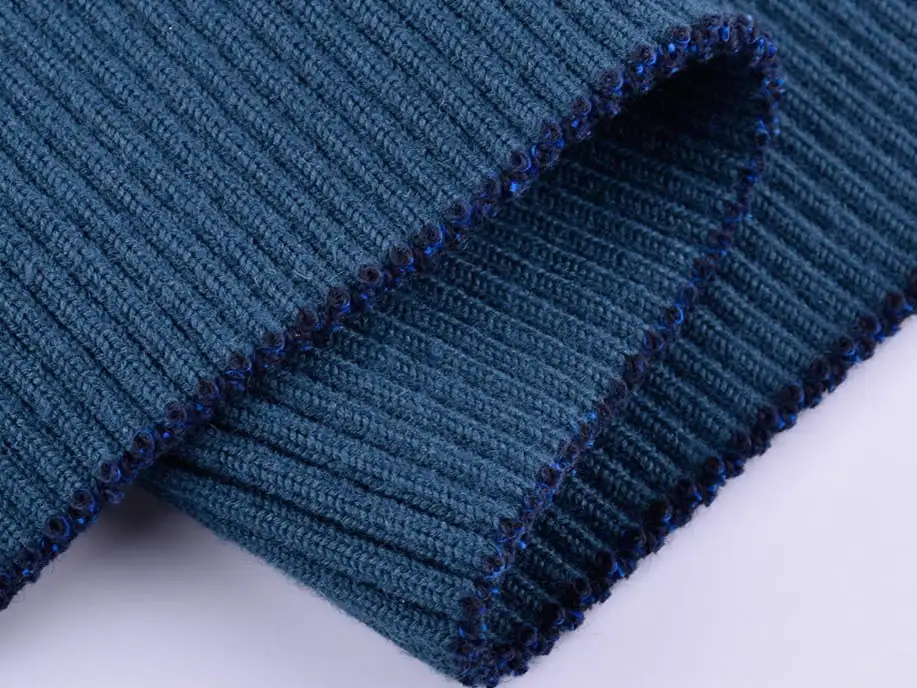
Stretchability and elasticity
Rib knit fabric is very stretchy and flexible. Its loops let it stretch in all directions. This makes it great for clothes that need to fit snugly but stay comfy. For example, cuffs and collars use rib knit because it stretches well and goes back to its shape. This is called good recovery, helping the fabric keep its fit over time.
Tests show rib knit fabric can stretch up to 200%. This is similar to how much human skin can stretch. Because of this, it’s often used for activewear and tight-fitting clothes. Rib knit fabric stretches better than woven fabrics, making it more useful for flexible clothing.
Durability and strength
Even though it’s soft, rib knit fabric is strong. Its tight stitches make it tough and less likely to wear out. While it can snag, it usually lasts well with regular use. Cotton-spandex blends in rib knit fabrics add strength and stretch, so they stay good after many washes.
The table below shows how rib knit fabric compares to woven fabric:
Characteristic | Rib Knit Fabric | Woven Fabric |
|---|---|---|
Elasticity | Stretches a lot in all directions. | Less stretchy and more stiff. |
Recovery | Returns to shape easily. | Usually less recovery than knits. |
Durability | Can snag but stays strong. | More tear-resistant and durable. |
This mix of strength and stretch makes rib knit fabric great for everyday clothes.
Comfort and softness
Rib knit fabric is soft and comfy to wear. It feels nice on the skin, making it perfect for casual clothes. Its stretchiness helps it fit well and lets you move easily.
The fabric also breathes well, letting air flow to keep you cool. This is why it’s used in sportswear and activewear. Its soft feel adds coziness, making it great for sweaters, t-shirts, and blankets.
If you want stretchy, strong, and comfy fabric, rib knit is a great choice. It works well for many types of clothing and accessories.
Types of Rib Knit Fabrics
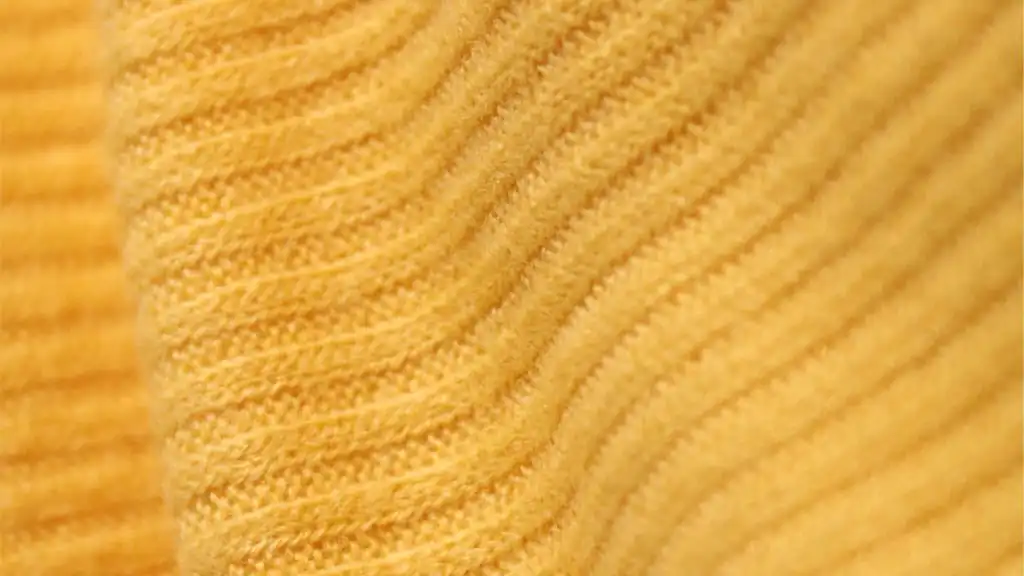
1x1 Rib Knit
1x1 rib knit fabric has one knit and one purl stitch. This makes it very stretchy and able to move in all directions. Both sides of the fabric look the same, so it’s great for reversible items. Its stretchiness is perfect for cuffs, collars, and snug areas.
This rib knit is light and can be used in many ways. It’s great for casual clothes and accessories. It works best when paired with fabrics that stretch similarly. If you want something comfy and flexible, 1x1 rib knit is a good pick.
2x2 Rib Knit
2x2 rib knit fabric has two knit stitches and two purl stitches. This creates a pattern with ridges and bumps, making it thicker than 1x1 rib knit. It’s often used for clothes like sweaters or heavier t-shirts that need more structure.
The extra thickness makes it stronger but still stretchy. It’s a favorite for clothes that need to keep their shape over time. If you need fabric that’s both strong and stretchy, 2x2 rib knit is a smart choice.
Other Variations, Such as 3x3 Rib Knit and Wide Rib Knit
There are other types like 3x3 rib knit and wide rib knit. 3x3 rib knit has three knit stitches and three purl stitches. It feels thicker and is great for warm winter clothes.
Wide rib knit has bigger ridges and spaces between them. It doesn’t stretch as much but looks bold and textured. It’s used in stylish designs or home items like blankets and pillows. These options let you pick the best rib knit for your needs.
Uses and Applications of Rib Knit Fabric
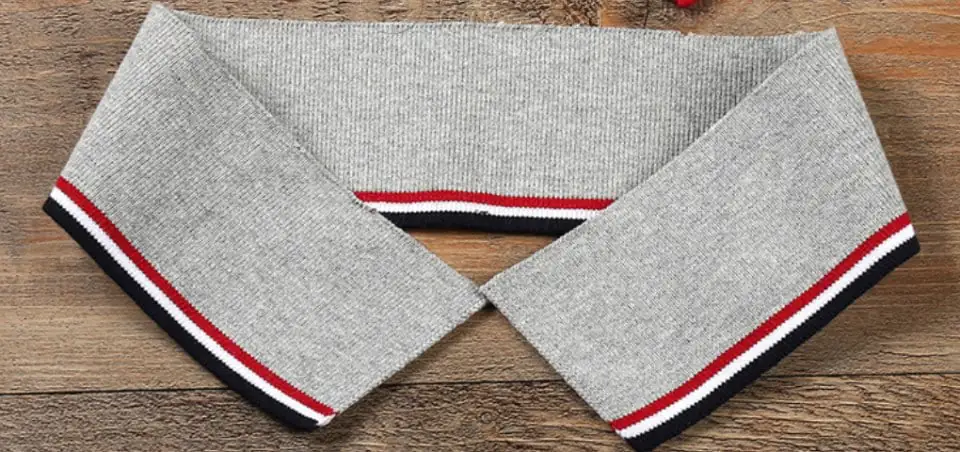
Clothes and accessories like t-shirts, sweaters, cuffs, and collars
Rib knit fabric is popular for clothes and accessories. It stretches well and feels comfortable to wear. You can find it in t-shirts, sweaters, and casual outfits. Its stretch and bounce-back ability make it great for cuffs and collars. These features help clothes fit snugly but stay comfy.
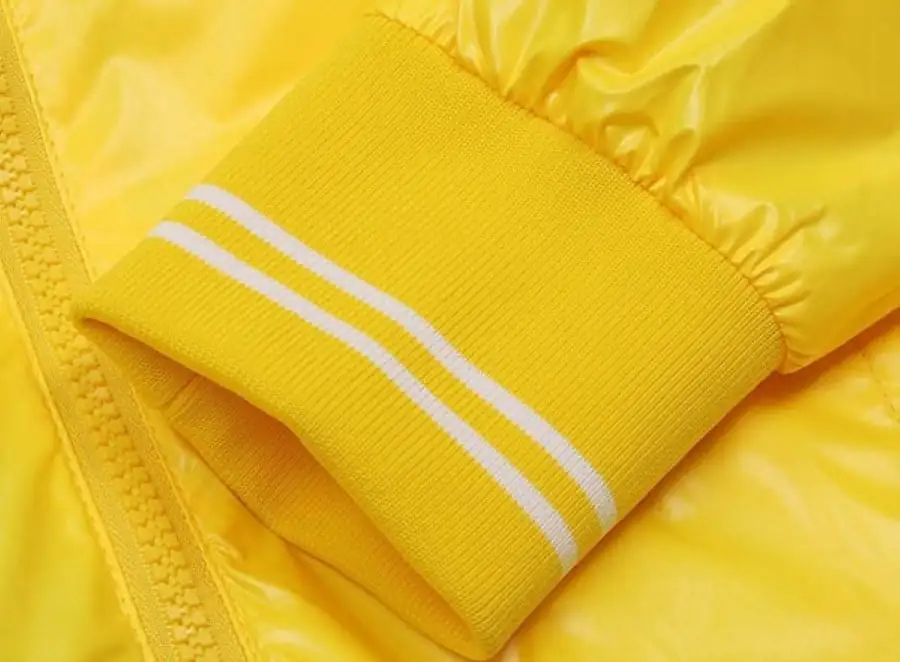
This fabric is also used for leggings and undergarments. Its soft feel makes it perfect for items worn close to the skin. Knitting as a hobby has made rib knit fabric even more popular. Many people now like knitted clothes for their special look and feel.
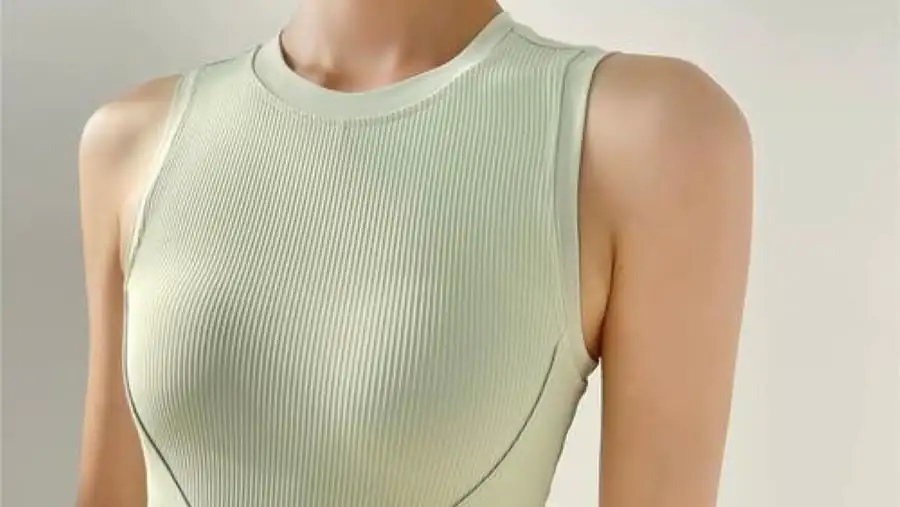
Here’s a simple table showing how rib knit fabric is used:
Use Area | Details |
|---|---|
Clothes | Found in t-shirts, leggings, sportswear, and undergarments for comfort and stretch. |
If you want fabric that’s stylish, comfy, and useful, rib knit is a great pick for your closet.
Sportswear and activewear
Rib knit fabric is important in sportswear and activewear. It stretches a lot, making it great for tight areas like cuffs and waistbands. It moves with your body, so it’s perfect for workouts or sports.
The fabric lets air flow, keeping you cool while being active. It’s also strong and handles frequent washing well. This makes it a good choice for active lifestyles.
Here’s why rib knit fabric is loved for sportswear:
It stretches easily for a snug, comfy fit.
It breathes well, keeping you cool during exercise.
It’s tough and lasts through regular use and washing.
Whether you’re exercising or playing sports, rib knit fabric gives you the comfort and performance you need.
Home items like blankets and pillowcases
Rib knit fabric isn’t just for clothes—it’s great for home items too. Its soft and cozy feel makes it perfect for blankets and pillowcases. It adds warmth and comfort to your home.
Wide rib knit is popular for home décor. Its bold texture and less stretch make it great for decoration. A rib knit blanket can make your couch look stylish. Ribbed pillowcases can give your bedroom a unique touch.
If you want home items that are both useful and stylish, rib knit fabric is a great choice. It works well with any home design.
How to Care for Rib Knit Fabric
Washing tips for rib knit fabrics
Washing rib knit fabric the right way keeps it nice. Use cold water to stop shrinking and keep it looking good. Choose a gentle machine cycle or hand wash delicate items. Biodegradable detergents clean well and are better for the planet.
Wash rib knit clothes less often to avoid damage. Clean small stains by hand instead of washing the whole item. Use a Guppyfriend washing bag to protect clothes and catch microfibers. This helps the environment too.
Drying and ironing guidelines
Air drying is best for rib knit fabric. Lay clothes flat on a clean surface to dry. Don’t use a dryer because heat can shrink and weaken the fabric. If a garment stretches, reshape it while it’s still damp.
You usually don’t need to iron rib knit fabric. If it gets wrinkled, use low heat and place a thin cloth between the iron and fabric. This stops heat from harming the material.
Storage recommendations to maintain elasticity
Store rib knit clothes properly to keep their shape and stretch. Fold them neatly instead of hanging. Hanging can stretch the fabric, especially at the shoulders. If you must hang them, use padded hangers to spread the weight evenly.
For long-term storage, roll rib knit items to avoid creases. Rolling keeps the fabric smooth and neat. If you see pilling, gently remove it with a fabric shaver or sweater stone. These easy steps help your rib knit clothes last longer.
Tip: After washing, reshape rib knit clothes to keep their fit and structure.
Rib knit fabric is soft, strong, and stretches easily. It works well for clothes, accessories, and home items. You can use it for cuffs, collars, or blankets.
Tip: Take care of rib knit fabric to keep it lasting. Wash gently, let it air dry, and store it neatly to keep it stretchy and soft.
Use rib knit fabric in your wardrobe or projects. It’s useful and comfy for everyday needs!
FAQ
What is the best way to sew rib knit fabric?
Use a stretch needle and polyester thread for sewing rib knit fabric. A zigzag or stretch stitch works best to maintain elasticity. Test your stitches on a scrap piece first to ensure smooth sewing.
Can rib knit fabric shrink after washing?
Yes, rib knit fabric can shrink, especially if it’s made of cotton. Wash it in cold water and avoid high heat during drying to minimize shrinkage. Always check the care label for specific instructions.
Is rib knit fabric suitable for beginners in sewing?
Absolutely! Rib knit fabric is forgiving due to its stretchiness. Start with simple projects like cuffs or collars. Use clips instead of pins to avoid damaging the fabric. Practice on scraps to build confidence.
Does rib knit fabric pill over time?
Rib knit fabric may pill with frequent use, especially blends with synthetic fibers. To reduce pilling, wash gently and avoid rough surfaces. Use a fabric shaver to remove pills and keep your garments looking fresh.
Can rib knit fabric be used for summer clothing?
Yes, rib knit fabric works well for summer clothing. Its breathable nature keeps you cool, and its softness adds comfort. Lightweight rib knits are ideal for t-shirts, tank tops, and casual wear during warmer months.


